Are you interested in the intersection of art and craftsmanship? These are the applied art museums you should visit in Catalonia:
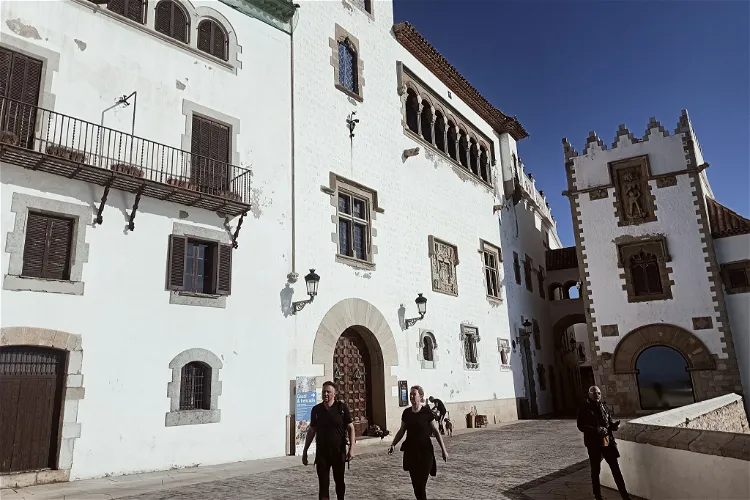
Cau Ferrat Museum
SitgesThe Cau Ferrat Museum, located in the picturesque town of Sitges in Catalonia, is a place of historical and artistic significance. Originally, it served as the home and workshop of the renowned artist and writer Santiago Rusiñol. This unique setting offers visitors a glimpse into the life and work of this influential figure in Catalan modernism.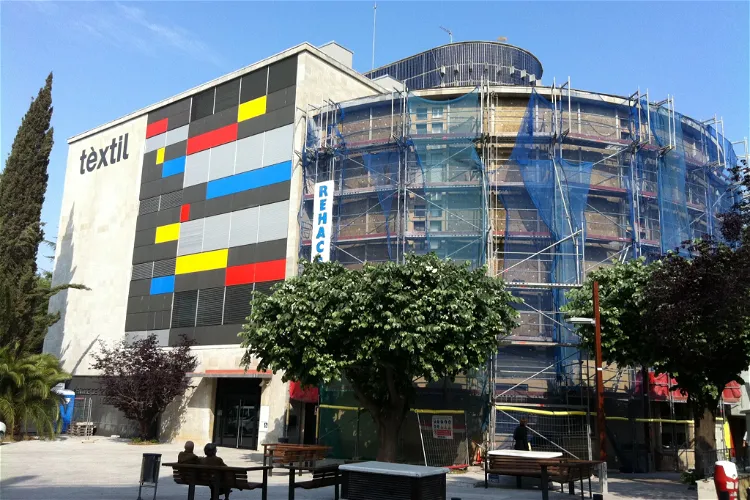
Textile Museum and Documentation Centre
TerrassaThe Textile Museum and Documentation Centre is situated in the city of Terrassa, known for its rich textile tradition. The museum is located on Salmerón Street, number 25, adjacent to the Vallparadís Carthusian castle. This location offers visitors the opportunity to explore both the museum and the historical castle during their visit.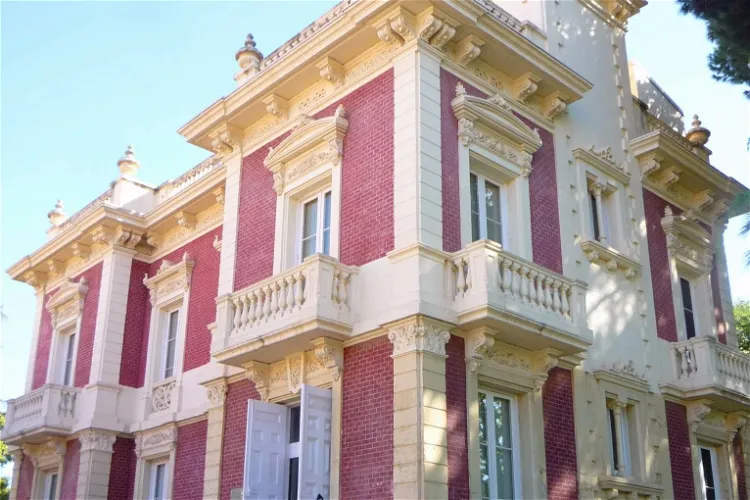
Can Tinturé Museum
Esplugues de LlobregatThe Can Tinturé Museum, situated in Esplugues de Llobregat, is a unique cultural destination as it is Spain's first monographic sample tile museum. The museum is housed in a late 19th-century house, which was designed by the renowned architect Claudi Duran i Ventosa. This historical setting adds to the overall charm and appeal of the museum, making it a noteworthy stop for those interested in architecture and art.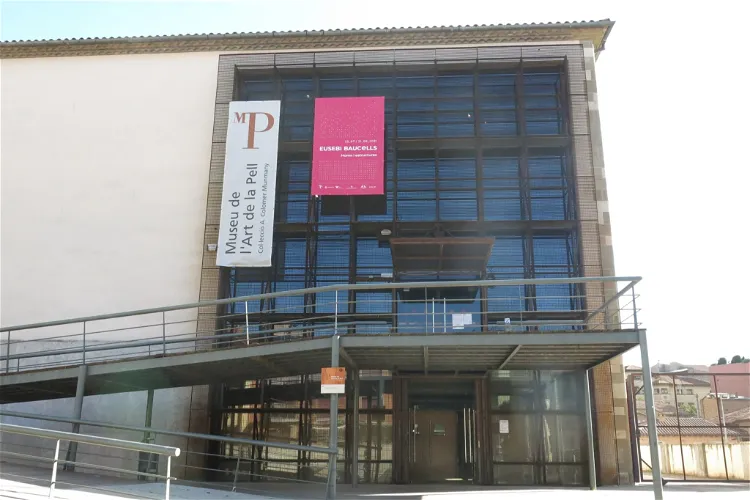
Museum of Leather Artistry. A. Colomer Munmany Collection
FolguerolesThe Museum of Leather Artistry, located in Vich, Barcelona, Spain, is home to the collection of Andreu Colomer Munmany. Over a span of fifty years, Munmany has amassed a collection of a thousand pieces, all of which are made entirely or partially from leather. This unique collection showcases the versatility and artistic potential of leather as a material.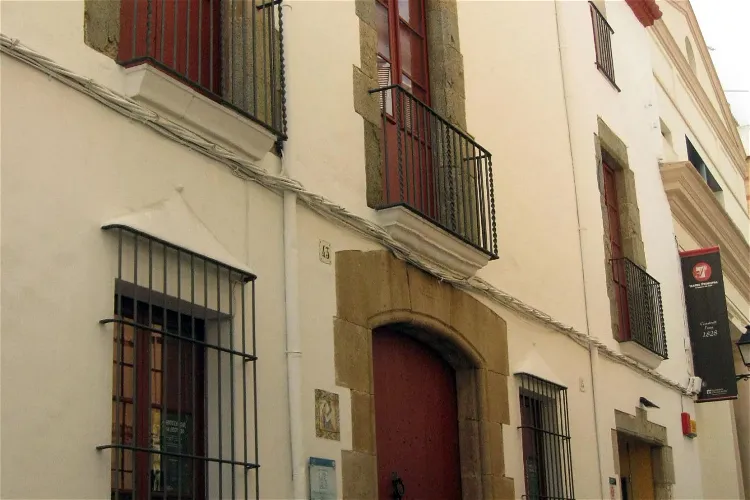
Arenys de Mar Museum
Arenys de MarThe Arenys de Mar Museum is a unique institution that houses two distinct sections: the Marès Lace Museum and the Mollfulleda Mineralogy Museum. In addition to these, it also preserves and exhibits the collection of the old Fidel Fita Municipal Museum of Arenys de Mar. This diverse range of collections offers visitors a comprehensive insight into the rich cultural and natural history of the region.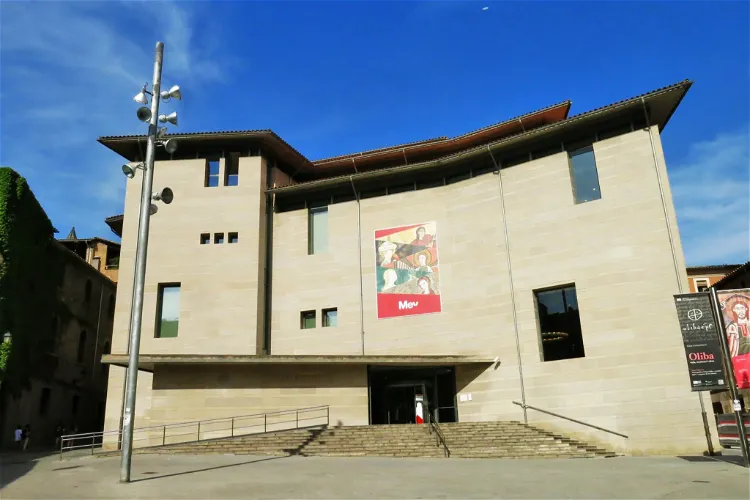
Episcopal Museum of Vic
FolguerolesIn 1995, under the architectural direction of Alfons Milà and Frederic Correa, the old school of Sant Josep, located next to the cathedral, was rebuilt to house the museum's large collections. This move was necessitated by the significant increase in the museum's collections. The new building was designed to accommodate the vast array of artifacts and works of art that the museum had acquired over the years.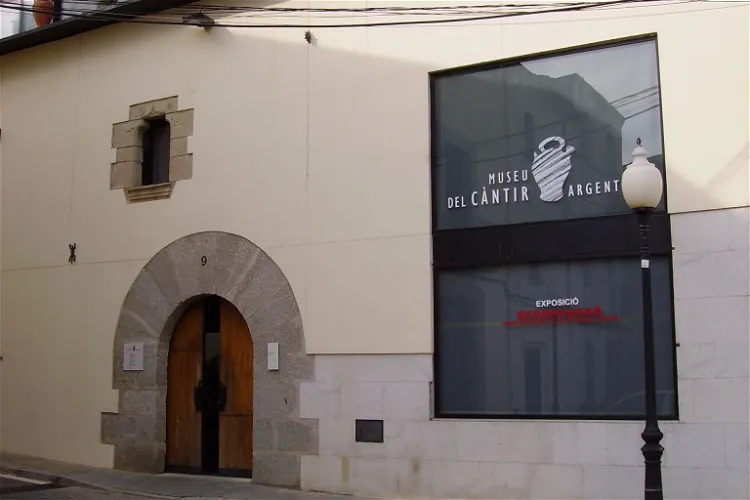
Argentona Water Jug Museum
ArgentonaThe origins of the Argentona Water Jug Museum are closely tied to the Fiesta del Botijo, a festival that has been celebrated on August 4th since 1951. This festival revived a tradition dating back to the 17th century, when the people voted to honor Saint Dominic, the patron saint of waters, for protecting them from a severe plague epidemic. The festival and the museum were both promoted by Jaume Clavell i Nogueras and a group of citizens grouped under the name of Amics d'Argentona.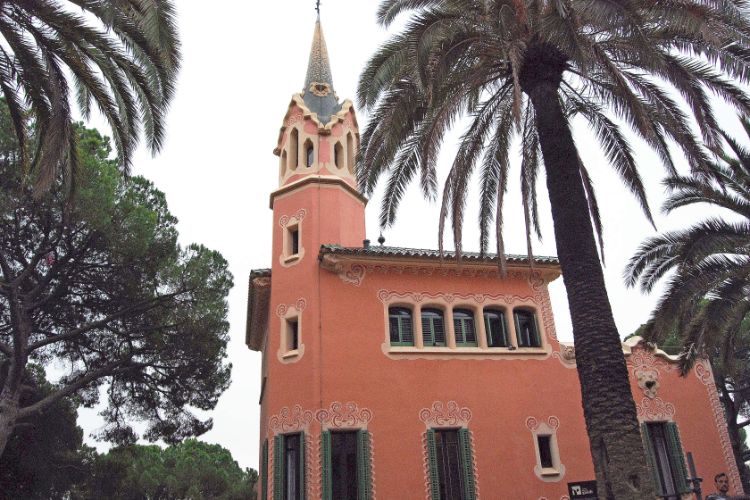
Gaudi House Museum
BarcelonaThe former residence of the architect Antoni Gaudí now serves as a museum. The museum is devoted to his work and is an eyecatcher for the Park Güell. It was designed by his friend Francesc d’Assís Berenguer i Mestres. Antoni Gaudí i Cornet lived in this house from 1906 to 1925. Some rooms are still
Museu del Modernisme Barcelona
BarcelonaHoused in a former textile factory, Museu del Modernisme Català displays collections of paintings, sculptures and decorative arts created by modernista artists - such as Ramón Casas, Antoni Gaudí orJoaquim Miró. Housing over 350 works by 42 artists, the museum is the only museum dedicated solely to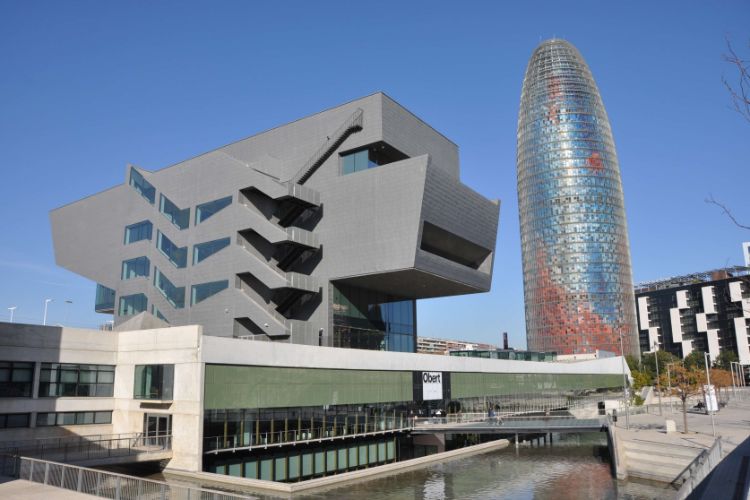
Design Museum of Barcelona
BarcelonaThe Design Museum of Barcelona is a cultural center comprises of three museums that were formerly housed in the Pedralbes Royal Palace: the Decorative Arts Museum, the Textile and Clothing Museum and the Graphic Arts Cabinet. The fashion collections trace the history of fashion from the 7th century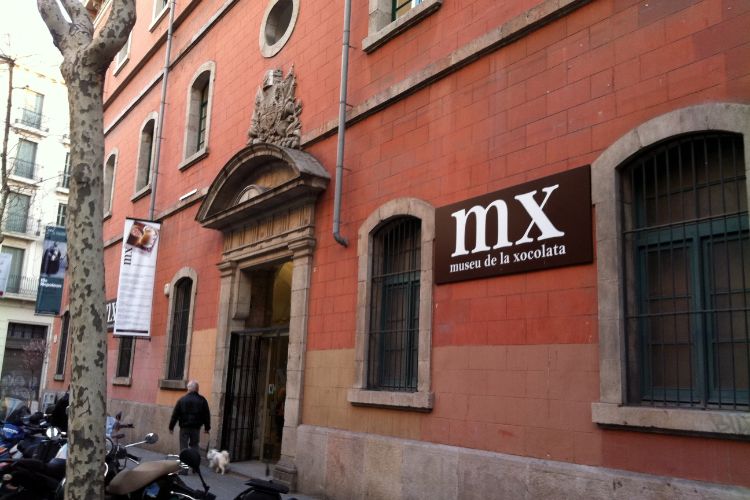
Museu de la Xocolata
BarcelonaIn Museu de la Xocolata you can admire chocolate sculptures as well as replicas of buildings. You will also learn about the history of chocolate and its importance for the ancient cultures of Latin America. Additionally, the museum shows the manufacturing of chocolate. Various events and workshops a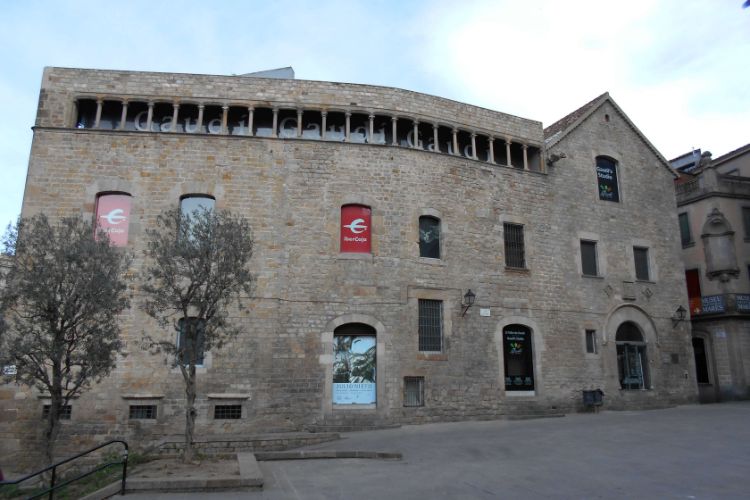
Museu Diocesà
BarcelonaMuseu Diocesà is housed in the Casa de la Pia Almoina and displays mostly artworks donated by various churches in Barcelona.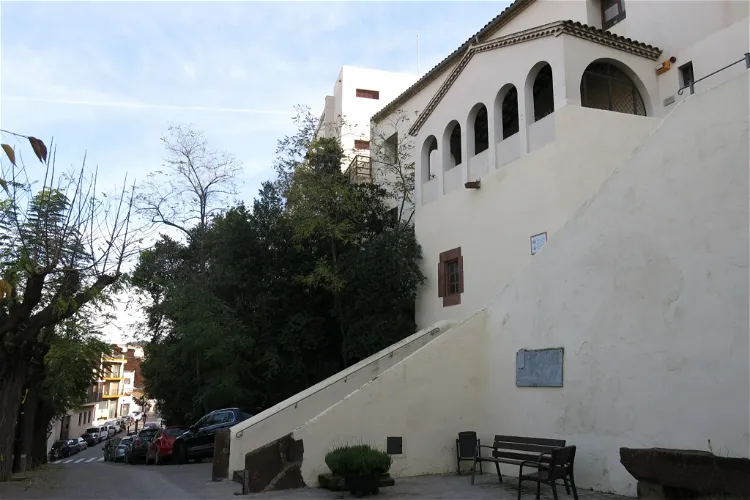
Vicenç Ros Municipal Museum
MartorellThe Vicenç Ros Municipal Museum, located in Martorell, is housed in part of the old Capuchin convent, a structure dating back to the 17th century. This historical setting adds a unique charm to the museum, making it a fascinating place to explore for those interested in history and architecture.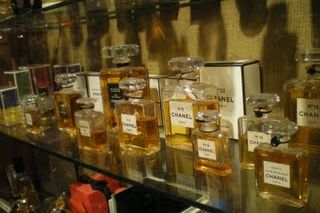
Museum of Perfume
BarcelonaThe Perfume Museum of Barcelona was founded in 1961 with the purpose of showing the public the evolution of bottles and containers for perfumes through history and geography.